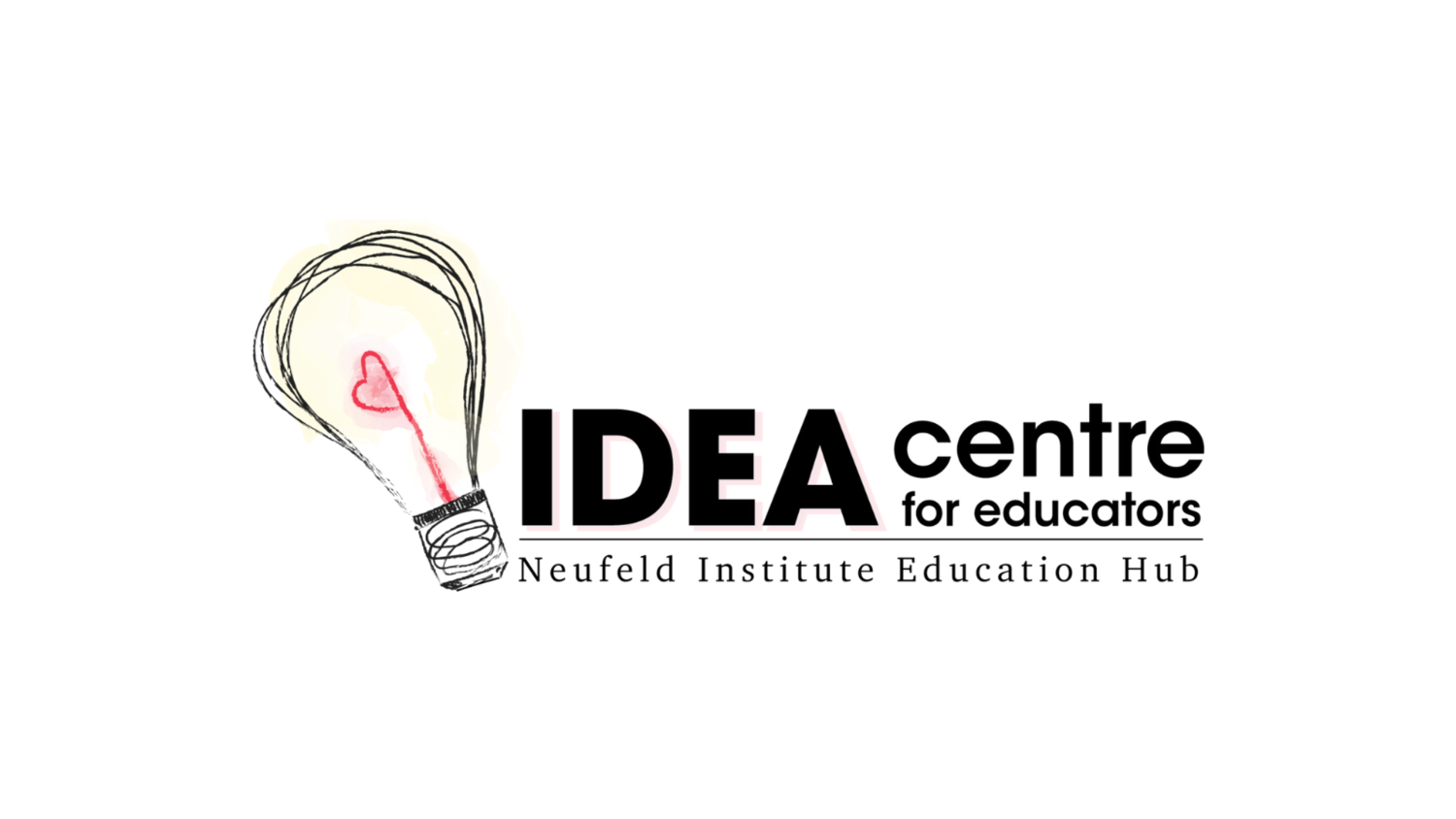Musical Playgrounds in Schools
I have had a long relationship with music education and schools. After thirty years in classrooms, I only now feel clarity as to how to bring in music in a developmentally appropriate way that benefits children emotionally.
Music has always played a big role in my life and I reflect now on how it helped me process difficult emotions as a child. It also has always connected me to my joy! As a teacher, I was so excited to bring this to kids, but the focus in education on product and “outcomes” really stifled my love for music teaching at times in my career.
The material that has been shared by Gordon Neufeld and others regarding the importance of emotion and play in learning and development has given me language and a framework that deeply informs my music classes. It supports my intuition and helps me plan my classes.
Like so much of education, music often falls into the trap of “outcome based’ learning – skills, knowledge and performance being the measurable components. This sets the tone for how music is taught and how curriculum is developed.
Instead of music classes being emotional playgrounds where sadness, joy, excitement, reverence, delight, frustration and grief can be expressed and processed, they often become one more area where pressure is placed on kids to “get good” at something or to build knowledge about something. This focus on product often dampens the original emergent energy kids come to music classes with. It can turn kids off music and bypass the emotional power that music holds.
This approach also requires the teacher to present her/himself in the “work mode”, which changes the tone. On an attachment level, this can erode relationships and trust. Kids must measure up and often this means brains and hearts shut down.
In my years as a primary classroom teacher, music was always my greatest ally in shifting energy in a classroom. I used music and song for transitions when I taught kindergarten, collecting the ears of children who might otherwise show counterwill. The ritual and routine of familiar songs made clean ups and line ups so much smoother.
Well chosen music, played during art time, can calm a class. A sweet song for a scraped knee can soothe a kindergartener. A five minute wild romp with shakers and rhythm sticks and laughter can shift a group toward a focused 20 minutes of seatwork. It is sound pedagogy to use rhythm and song for tapping out addition and multiplication tables or learning months of the year. This utilization of the right hemisphere and whole body engagement is now coming back into schools as “brain breaks” and this is great to see.
In the music classes I now offer for students K-5, I consciously make play and enjoyment my focus. I bring a wide range of songs that involve a lot of movement. At least half of my class time is devoted to musical play! I integrate singing and rhythm instruments and dance. I choose songs we can act out the story to, and add percussion to accompany. There are songs for big motor movements with lively tempo and then quieter, more introspective songs for settling.
I have discovered that voice play can be a wonderful way to loosen everyone up. Our voices are so connected to our emotions and our voices can become shut down. Playing with voice is one way for me to open up my emotions. Now I can guide my students in this.
I use call and response games in my music classes that evoke laughter, with tongue twisters and nonsense syllables, speeding up and slowing down words, adding quick shifts of energy. I also use drama games where kids sing simple phrases with great sadness, great joy, fear or shyness. This is very popular and the children love to have a chance to lead this!
Yes, we do learn about the elements of music. The terms and foundational ideas are almost a by-product of the play and fun though. They come organically as we enjoy music and explore all it has to offer. With young children especially, music is absorbed through engaging the body and heart; feeling and making rhythm, experiencing forte and pianissimo with one’s own voice, legato or staccato in the body.
Yes, we do sometimes perform, but that might be as a short offering to a younger class or for our parents on a rainy afternoon in a cozy classroom setting. Sometimes, if the enthusiasm is ripe, we will stand up in front of the entire school and share something we are proud of. In my experience this is enough for most elementary students and keeps the focus on process rather than performance.
Other teachers may be able to balance process and performance differently with success, but this is the right balance for me. This focus on play, within the context of clear boundaries and strong teacher leadership, allows music to work it’s deep magic for the students I work with.

